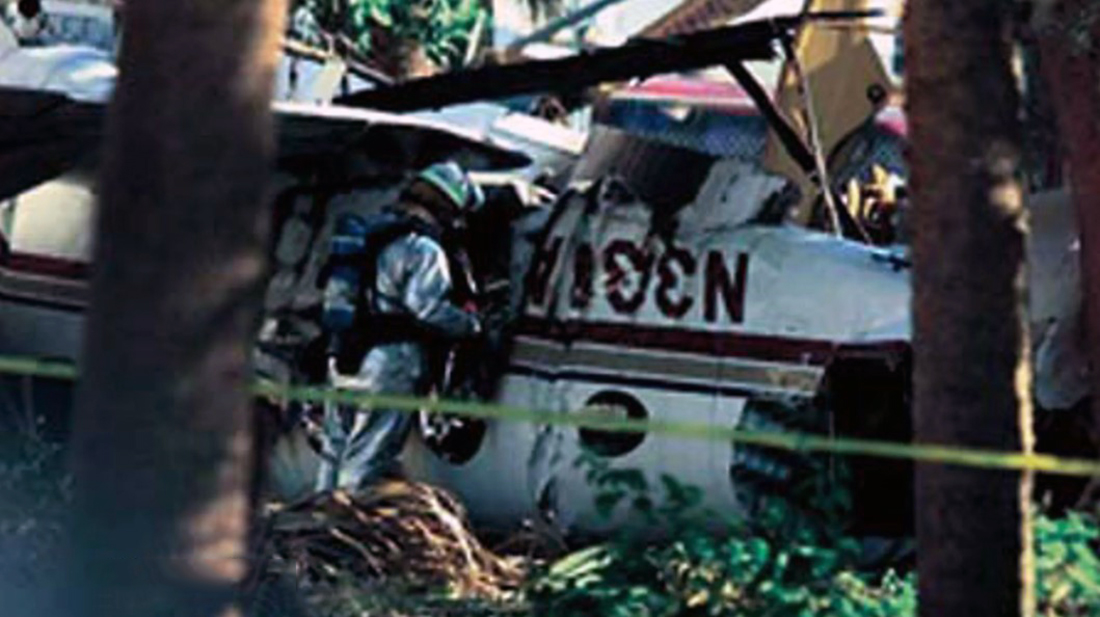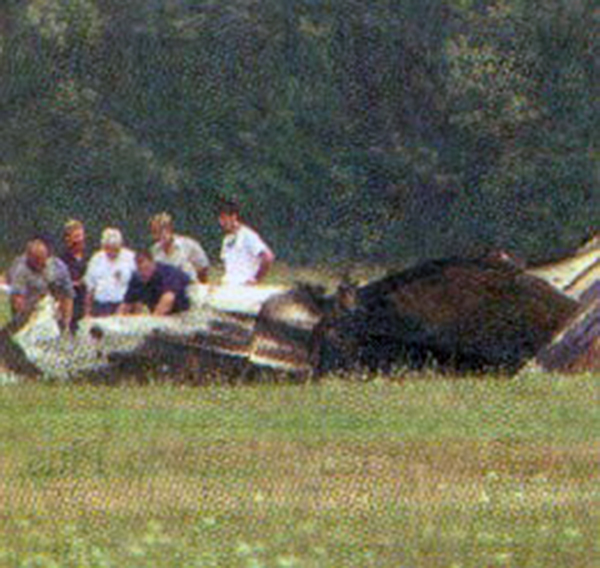Crash of a Beechcraft King Air 90 in Beaufort: 1 killed
Date & Time:
Dec 19, 1999 at 2035 LT
Registration:
N75CF
Survivors:
Yes
Schedule:
Hilton Head - Beaufort
MSN:
LW-212
YOM:
1977
Crew on board:
2
Crew fatalities:
Pax on board:
0
Pax fatalities:
Other fatalities:
Total fatalities:
1
Aircraft flight hours:
10316
Circumstances:
The PIC was cleared for an ASR approach to the destination airport. The co-pilot was looking outside to obtain a visual reference on the destination airport. They broke out of the clouds at about 900 feet, and were descending at about 480 feet per minute. The ceiling was overcast, ragged, and very dark with no visible horizon. The co-pilot looked back inside the cockpit to check the radios when he heard a thump. The PIC had continued the descent below the minimum descent altitude, the airplane collided with the marsh and crashed.
Probable cause:
The pilot-in-commands failure to maintain the appropriate altitude (minimum descent altitude) during an area surveillance radar (ASR) approach, resulting in an in-flight collision with swampy terrain. Contributing to the accident was the co-pilot's failure to maintain a visual lookout during the ASR approach.
Final Report:







